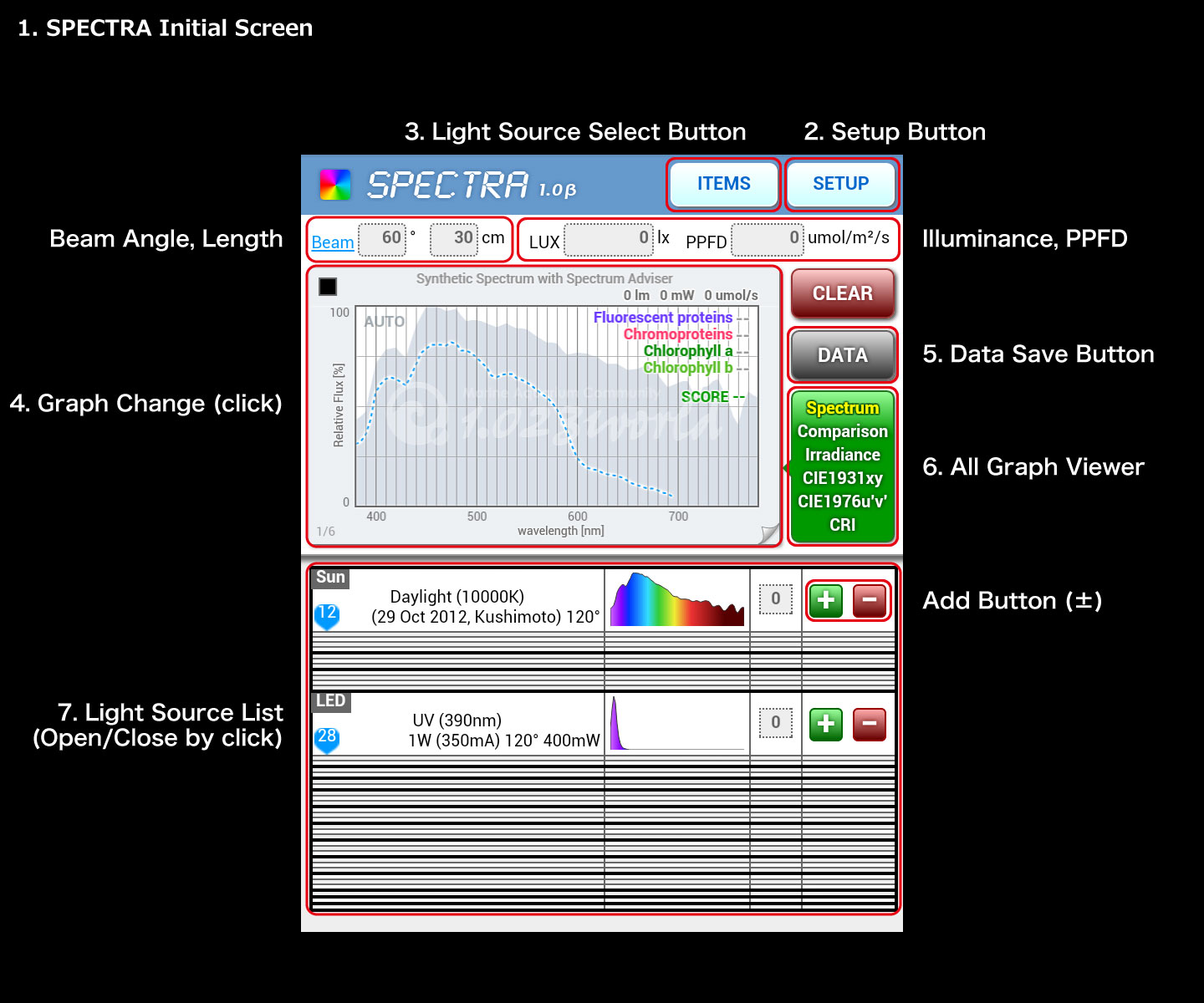

The change in spectral resolution also influences other important measurement parameters. Higher resolutions affect measurement time But be careful, this could you lead to the deceptive conclusion to simply measure all solid and liquid samples at 2 cm -1 resolution, but this will not improve your experiment. This means that, by the law of physics, measurements at high resolutions are ineffective for solids and liquids. The natural width of spectral bands in solids and liquids are in the order of several wavenumbers. This is used to distinguish high densitiy ( HDPE) from low density ( LDPE) polyethylene.Ī further increase in spectral resolution has no beneficial effect. At 2 cm -1 resolution this peak is then fully resolved. At 4 cm -1 resolution you can make out a „shoulder“ rising from the main signal 717 cm -1.

Figure 2įigure 2 shows the same spectra as Figure 1 but zoomed into the area of interest around 731 cm -1. This band however is only resolved at 2 cm -1 resolution. Polyethylene shows a certain band at 731 cm -1 which is indicative of its crystallinity. However, there actually is a specific use case where the analysis of PE can profit from a resolution of better than 4 cm -1. The five spectra appear as a single line and you can hardly spot any differences. In the figure below you can see five spectra of polyethylene recorded at 8, 4, 2, 1 and 0.5 cm -1 resolution, respectively. 4 cm -1 is more than enough to safely identify a standard polymers such as polyethylene (PE). Usually, you don’t need a very high spectral resolution to analyze solids and liquids for their identity and purity. Important note: Resolutions < 2 cm -1 make no sense when analyzing liquids and solids! If you want to know how these values come about, you should read on. Higher spectral resolutions may be required to fully characterize gas mixtures. ≤ 1 cm -1 for most standard gas applications.This will increase measurement time if you desire the same S/N ratio. 2 cm -1 to resolve all vibrational bands of a solid or liquid sample.4 cm -1 for standard solid and liquid samples in QA / QC.Naturally, the optimal settings depend on the application and sample at hand, but as rule of thumb you should go for: What are the optimal spectral resolution settings? Spectral resolution is given in wavenumbers (cm -1), corresponding to the x-axis in infrared spectra. This means that the more similar two IR bands are, the better the resolving power must be to separate them. The resolution of a spectrometer can be considered as the ability to separate two spectral lines that are very close in wavelength or frequency. However, as soon as you start to investigate the subject thoroughly, it quickly becomes clear that this does not correspond to reality. It is generally assumed that the „better“ the spectral resolution, the better the performance of the spectrometer. In this article we want to shed some light on spectral resolution and give you a set of rules that will help you decide for the optimal settings. spectral resolution, many FT-IR beginners are insecure what the selected parameters mean and how they influence the experiment. Available in prescription only.When it comes to choosing experiment settings, e.g. SENTINEL SPECTRUM Chews are indicated for the prevention of heartworm disease caused by Dirofilaria immitis for the prevention and control of flea populations ( Ctenocephalides felis) and for the treatment and control of adult roundworm ( Toxocara canis, Toxascaris leonina), adult hookworm ( Ancylostoma caninum), adult whipworm ( Trichuris vulpis), and adult tapeworm ( Dipylidium caninum, Taenia pisiformis, Echinococcus multilocularis and Echinococcus granulosus) infections in dogs and puppies two pounds of body weight or greater and six weeks of age and older. In a field study of 117 dogs, greater than 99% accepted the SENTINEL SPECTRUM CHEWS. 1 SENTINEL SPECTRUM Chews has also been shown to be safe for puppies as young as 6 weeks of age, as demonstrated by a second study. All clinical signs resolved within 24 hours. In a margin of safety study, 40 ten-week-old puppies (10 per group) were administered either a placebo or doses of 1, 3, or 5X the maximum exposure dose of SENTINEL SPECTRUM Chews once every 2 weeks for a total of 7 treatments.


 0 kommentar(er)
0 kommentar(er)
